The furious debate over Aduhelm has now sparked controversy over the Alliance for Aging Research, which has seen half of its scientific advisory board members resign.
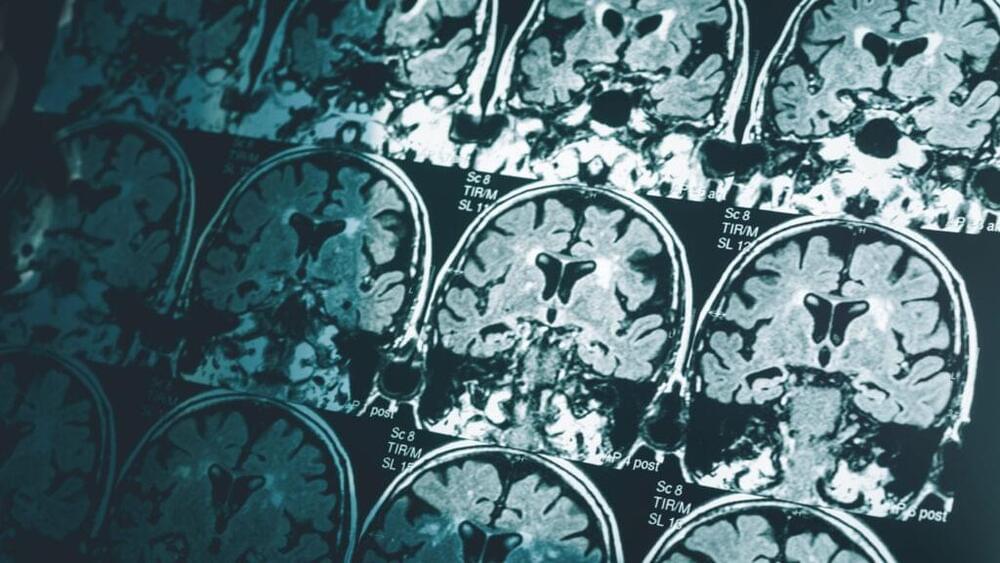

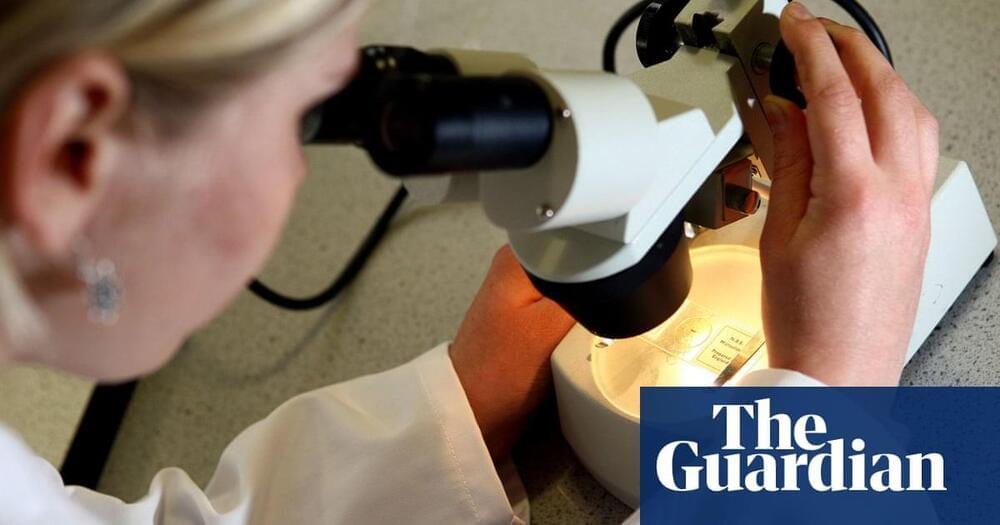
People could eventually be able to turn the clock back on the cell-ageing process by 30 years, according to researchers who have developed a technique for reprogramming skin cells to behave as if they are much younger.
Research from the Babraham Institute, which is affiliated to the University of Cambridge, could lead to the development of techniques that will stave off the diseases of old age by restoring the function of older cells and reducing their biological age.

In 1,832, Charles Darwin witnessed hundreds of ballooning spiders landing on the HMS Beagle while some 60 miles offshore. Ballooning is a phenomenon that’s been known since at least the days of Aristotle—and immortalized in E.B. White’s children’s classic Charlotte’s Web—but scientists have only recently made progress in gaining a better understanding of its underlying physics.
Now, physicists have developed a new mathematical model incorporating all the various forces at play as well as the effects of multiple threads, according to a recent paper published in the journal Physical Review E. Authors M. Khalid Jawed (UCLA) and Charbel Habchi (Notre Dame University-Louaize) based their new model on a computer graphics algorithm used to model fur and hair in such blockbuster films as The Hobbit and Planet of the Apes. The work could one day contribute to the design of new types of ballooning sensors for explorations of the atmosphere.
There are competing hypotheses for how ballooning spiders are able to float off into the air. For instance, one proposal posits that, as the air warms with the rising sun, the silk threads the spiders emit to spin their “parachutes” catch the rising convection currents (the updraft) that are caused by thermal gradients. A second hypothesis holds that the threads have a static electric charge that interacts with the weak vertical electric field in the atmosphere.

At roughly 70 years human age, the mice looked elderly and unremarkable. Yet hidden underneath was a youthful cellular clock, turned back in time based on a Nobel-Prize-winning strategy. It’s also the latest bet for finding the fountain of youth, backed by heavy-hitter anti-aging startups in Silicon Valley.
At the center is partial cellular reprogramming. The technique, a sort of gene therapy, forces cells to make four proteins, collectively dubbed the Yamanaka factors. Like erasers, the factors wipe a cell’s genetic history clean, reverting adult cells—for example, skin cells—to a stem cell-like identity, giving them back the superpower to turn into almost any type of cell.
The process isn’t all-or-nothing. In a twist, scientists recently found that they can use the factors to rewind a cell’s genetic history tape rather than destroying it altogether. And if they stop at the right point, the cell dramatically loses its age, becoming more youthful but retaining its identity. The results spurred a wave of interest in moving the therapy to humans, with Calico Life Sciences—a sister company to Google—and Altos Labs, backed by Jeff Bezos, in the race.
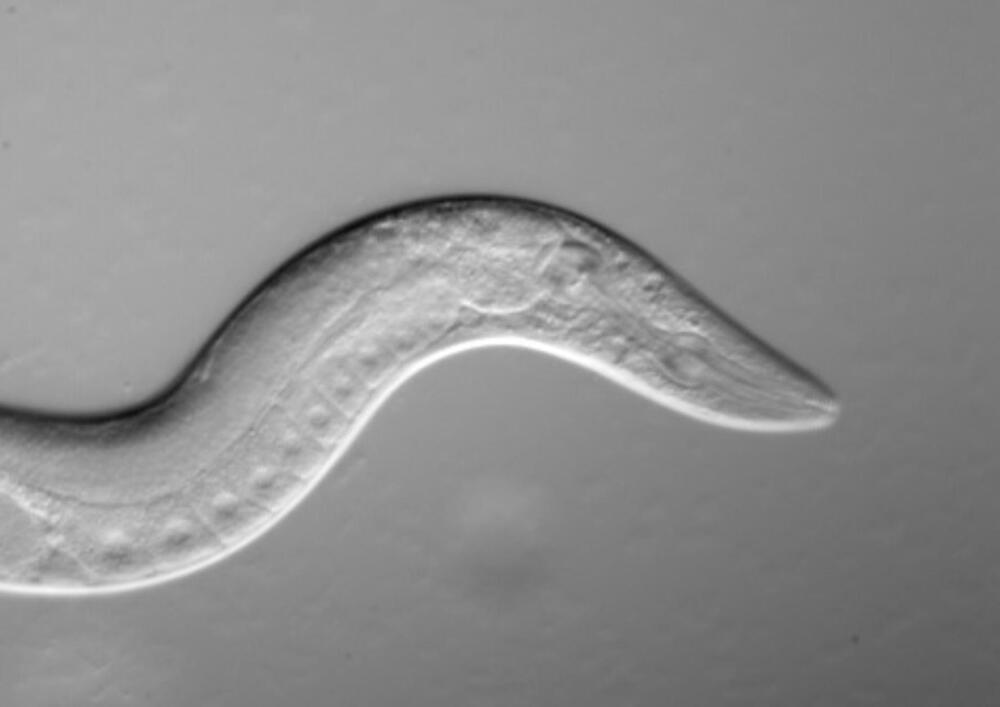
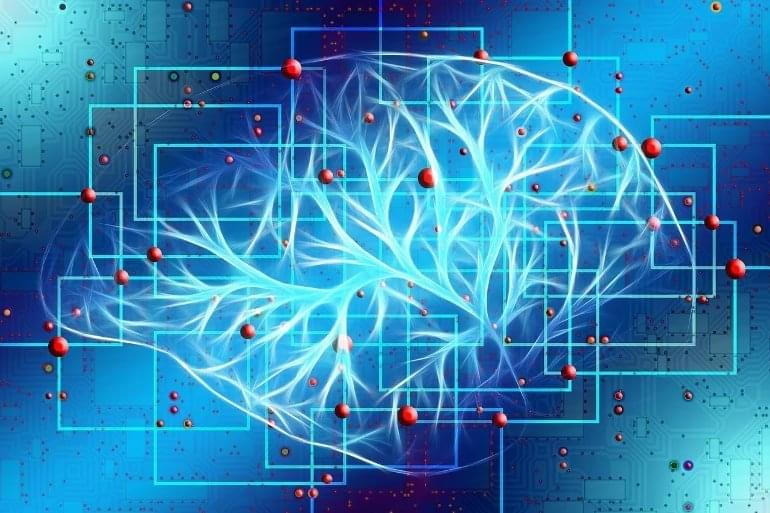
Summary: 15 newly discovered “hotspots” in the genome that either speed up or slow down brain aging could be new targets for the development of Alzheimer’s medications and therapies for other brain disorders.
Source: USC
Researchers from a USC-led consortium have discovered 15 “hotspots” in the genome that either speed up brain aging or slow it down—a finding that could provide new drug targets to resist Alzheimer’s disease and other degenerative brain disorders, as well as developmental delays.
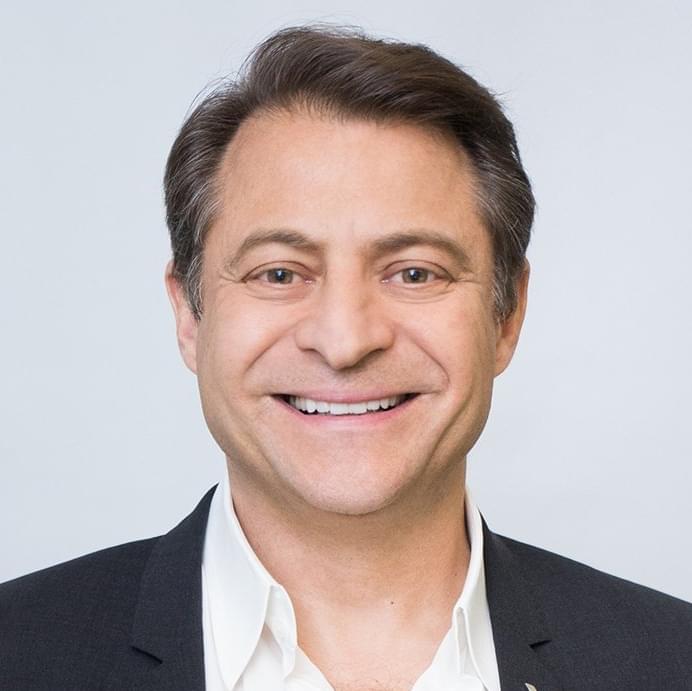
ABOUT PETER DIAMANDIS
Peter is the founder and executive chairman of the XPRIZE Foundation, and has started over 20 companies in the areas of longevity, space, venture capital and education. He is also the New York Times bestselling author of several books, including his latest, Life Force, which he published early in 2020 with Tony Robbins.
Peter joined host Robert Glazer on the Elevate Podcast to discuss transformational changes needed in education, how the pandemic accelerated global trends, and the astonishing medical and health technologies he believes will be widely available, sooner than you think.
The only way life extension would remain financially out of reach is if we vote ourselves into a dystopia.
Dr David Sinclair explains why aging therapies will be eventually affordable to us in this clip.
David Sinclair is a professor in the Department of Genetics and co-director of the Paul F. Glenn Center for the Biology of Aging at Harvard Medical School, where he and his colleagues study sirtuins—protein-modifying enzymes that respond to changing NAD+ levels and to caloric restriction—as well as chromatin, energy metabolism, mitochondria, learning and memory, neurodegeneration, cancer, and cellular reprogramming.
Dr David Sinclair has suggested that aging is a disease—and that we may soon have the tools to put it into remission—and he has called for greater international attention to the social, economic and political and benefits of a world in which billions of people can live much longer and much healthier lives.
Dr David Sinclair is the co-founder of several biotechnology companies (Life Biosciences, Sirtris, Genocea, Cohbar, MetroBiotech, ArcBio, Liberty Biosecurity) and is on the boards of several others.
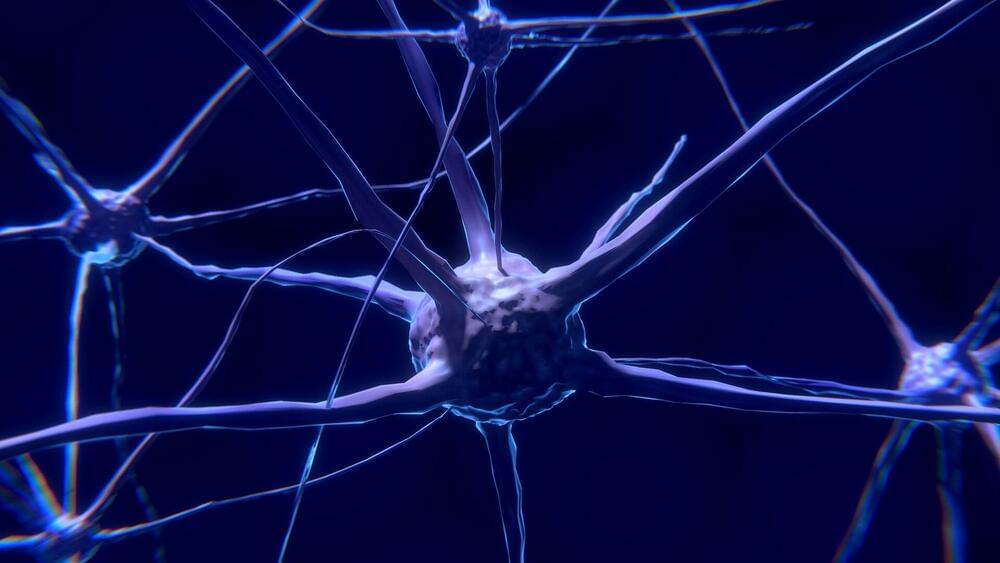
The lethargy that many Alzheimer’s patients experience is caused not by a lack of sleep, but rather by the degeneration of a type of neuron that keeps us awake, according to a study that also confirms the tau protein is behind that neurodegeneration.
The study’s findings contradict the common notion that Alzheimer’s patients sleep during the day to make up for a bad night of sleep and point toward potential therapies to help these patients feel more awake.
The data came from study participants who were patients at UC San Francisco’s Memory and Aging Center and volunteered to have their sleep monitored with electroencephalogram (EEG) and donate their brains after they died.
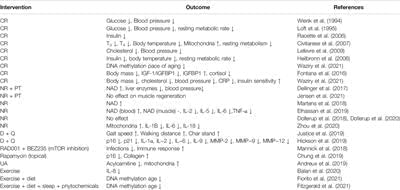
A miniature review of.
The risk of morbidity and mortality increases exponentially with age. Chronic inflammation, accumulation of DNA damage, dysfunctional mitochondria, and increased senescent cell load are factors contributing to this. Mechanistic investigations have revealed specific pathways and processes which, proposedly, cause age-related phenotypes such as frailty, reduced physical resilience, and multi-morbidity. Among promising treatments alleviating the consequences of aging are caloric restriction and pharmacologically targeting longevity pathways such as the mechanistic target of rapamycin (mTOR), sirtuins, and anti-apoptotic pathways in senescent cells. Regulation of these pathways and processes has revealed significant health-and lifespan extending results in animal models. Nevertheless, it remains unclear if similar results translate to humans. A requirement of translation are the development of age-and morbidity associated biomarkers as longitudinal trials are difficult and not feasible, practical, nor ethical when human life span is the endpoint. Current biomarkers and the results of anti-aging intervention studies in humans will be covered within this paper. The future of clinical trials targeting aging may be phase 2 and 3 studies with larger populations if safety and tolerability of investigated medication continues not to be a hurdle for further investigations.
As age increases, so does the susceptibility to a series of chronic diseases which ultimately result in fatal endings. This is such a basic part of life that we rarely consider if there is anything we can do to postpone it. So far, the principal of “one-disease-one-treatment” has brought medical sciences far but this line of thought may soon be outdated when it comes to aging related conditions. It is like fighting a many-headed monster: If one condition is treated successfully, another emerges shortly after. This point is illustrated as eradicating the two leading causes of death (cancer and cardiovascular disease) extends mean life span by 3.3 and 4 years, respectively (Arias et al., 2013). Interestingly, the gain of treating multiple diseases combined exceeds the sum of these numbers.
Aging is the greatest risk factor for most diseases likely because as aging progresses, cells and tissue undergo a series of processes which result in gradually declining functionality, accumulation of damage, increased inflammation, and cell death. If these processes are reversable or treatable, all aging related chronical diseases may potentially be simultaneously treated—or postponed—and healthy aging could be achieved. This approach to treating aging itself could effectively treat chronic diseases among the world’s elderly, shifting from treating symptoms of aging to treating the cause of it. The fact that the number and proportion of elderly people (65 years) is growing in every country in the world underlines the relevance of this field of research (World Population Prospects — Population Division, 2021).